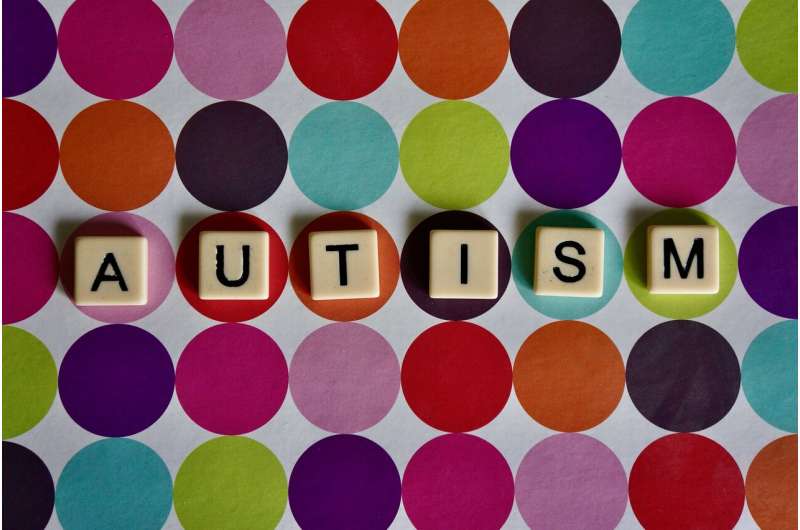The Decline of the One-Handed Backhand in Professional Tennis

The traditional one-handed backhand is gradually being replaced by the more effective two-handed stroke in professional tennis, driven by modern game demands for power and stability.
In the world of professional tennis, the quest for victory often takes precedence over aesthetic appeal. One aspect that has seen a noticeable shift is the use of the one-handed backhand. Historically favored by legendary players like Roger Federer and Stefanos Tsitsipas, the one-handed backhand is gradually giving way to the more modern two-handed stroke, reflecting changes in the sport's technical demands.
The one-handed backhand, appreciated for its elegance and variety, heavily relies on a single hand to execute powerful and slice shots. However, current trends emphasize the need for strokes that can handle increased pace, spin, and baseline rallies, making the two-handed backhand more attractive to coaches and players alike.
Motor learning experts highlight that skill acquisition is most effective during childhood. Rui Li, an associate clinical professor at Northeastern University, explains that the two-handed backhand involves larger muscle groups—such as the core, back, shoulders, and triceps—which provide greater stability and power. Developing automaticity with this stroke takes longer due to its complexity, but it offers significant advantages.
Tennis historian Joel Drucker points out that the two-handed backhand delivers superior stability, power, and maneuverability, especially in the modern game where aggressive baseline play prevails. The support from both hands allows for more forceful shots and better control upon returning serves. While players with a one-handed backhand can still master effective slices and drives, the two-handed stroke offers a strategic edge in today’s fast-paced tennis environment.
Despite its decline at the pro level, the one-handed backhand persists among enthusiasts and emerging players, aided by social media and the achievements of modern players like Lorenzo Musetti. Nonetheless, the evolution of tennis continues to favor the two-handed backhand for its scalability, effectiveness, and sustainability, aligning with the sport’s constant push towards maximum leverage and power.
Ultimately, the shift reflects tennis's broader trend towards strokes that maximize efficiency and effectiveness, shaping the future landscape of the game.
Source: https://medicalxpress.com/news/2025-09-backhand-professional-tennis.html
Stay Updated with Mia's Feed
Get the latest health & wellness insights delivered straight to your inbox.
Related Articles
At-Home Mailing of Test Kits Significantly Increases Colorectal Cancer Screening in Adults Under 50
A groundbreaking UCLA study shows that mailing at-home stool test kits to adults aged 45-49 significantly boosts colorectal cancer screening rates, offering an effective strategy to detect early signs of cancer in younger populations.
RFK Jr. Questions Rising Autism Rates: Experts Caution About Oversimplified Explanations
Amid recent political discussions, experts highlight that broader diagnostic criteria and increased awareness largely explain rising autism rates, urging cautious interpretation and continued research.
Uncovering the Hidden Microbial World in Your Socks: Bacteria, Fungi, and More
Discover the fascinating microbial ecosystems thriving in your socks, including bacteria and fungi that impact foot health and hygiene, with insights into infection prevention and forensic applications.
The Critical Role of Proper Protein Folding in Seizure-Related Disorders
Proper protein folding is vital in preventing seizure disorders by ensuring proteins reach their functional destination. Recent studies highlight how mutations impair folding and how small molecules can restore function, offering new therapeutic possibilities.



